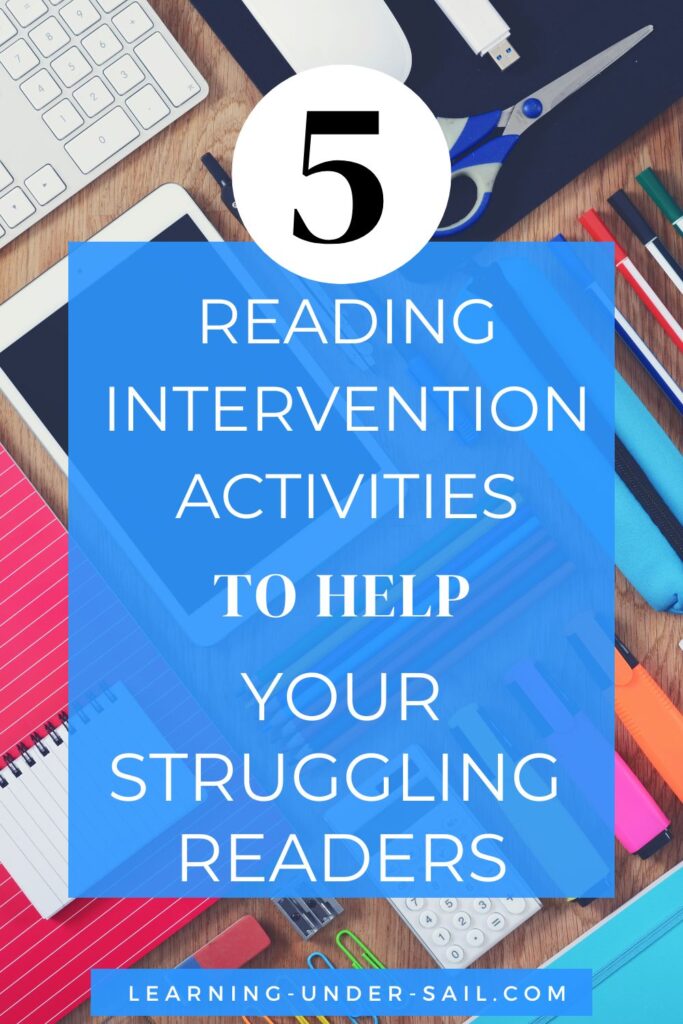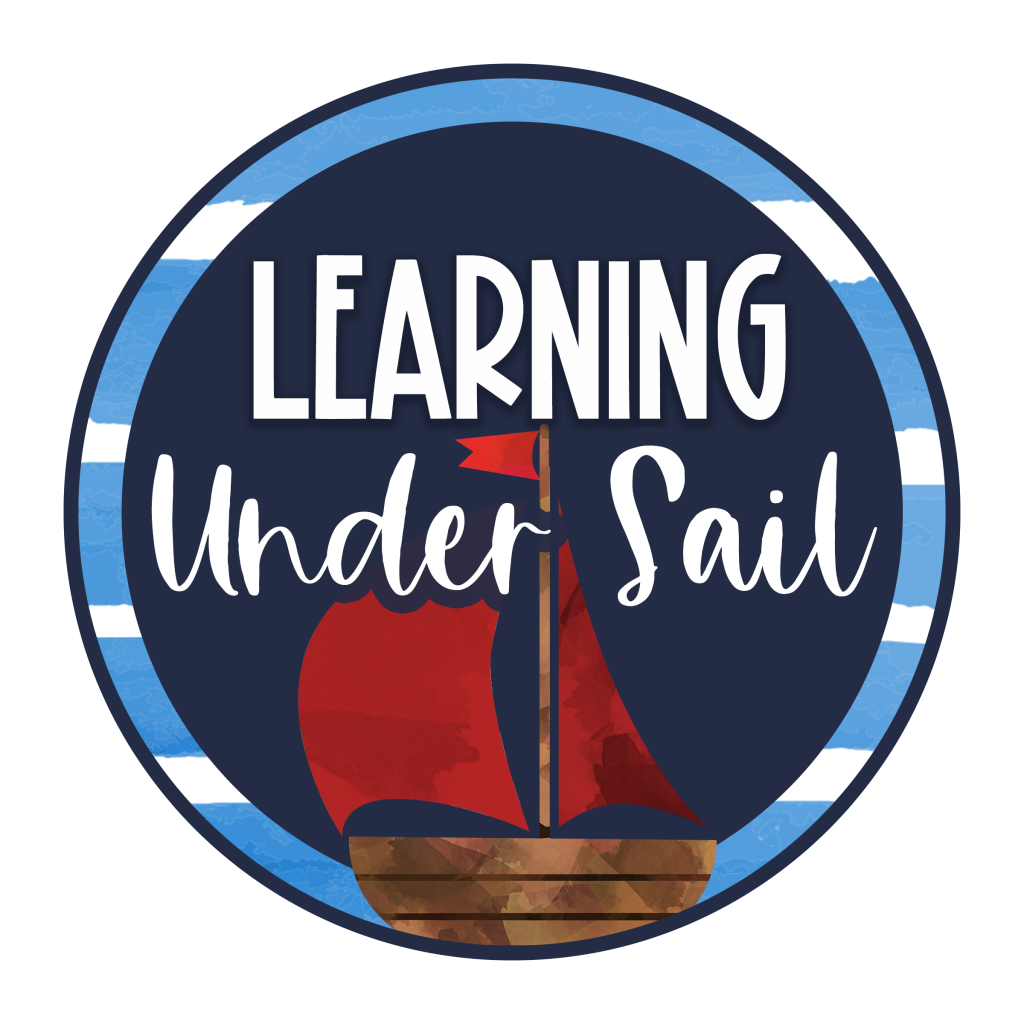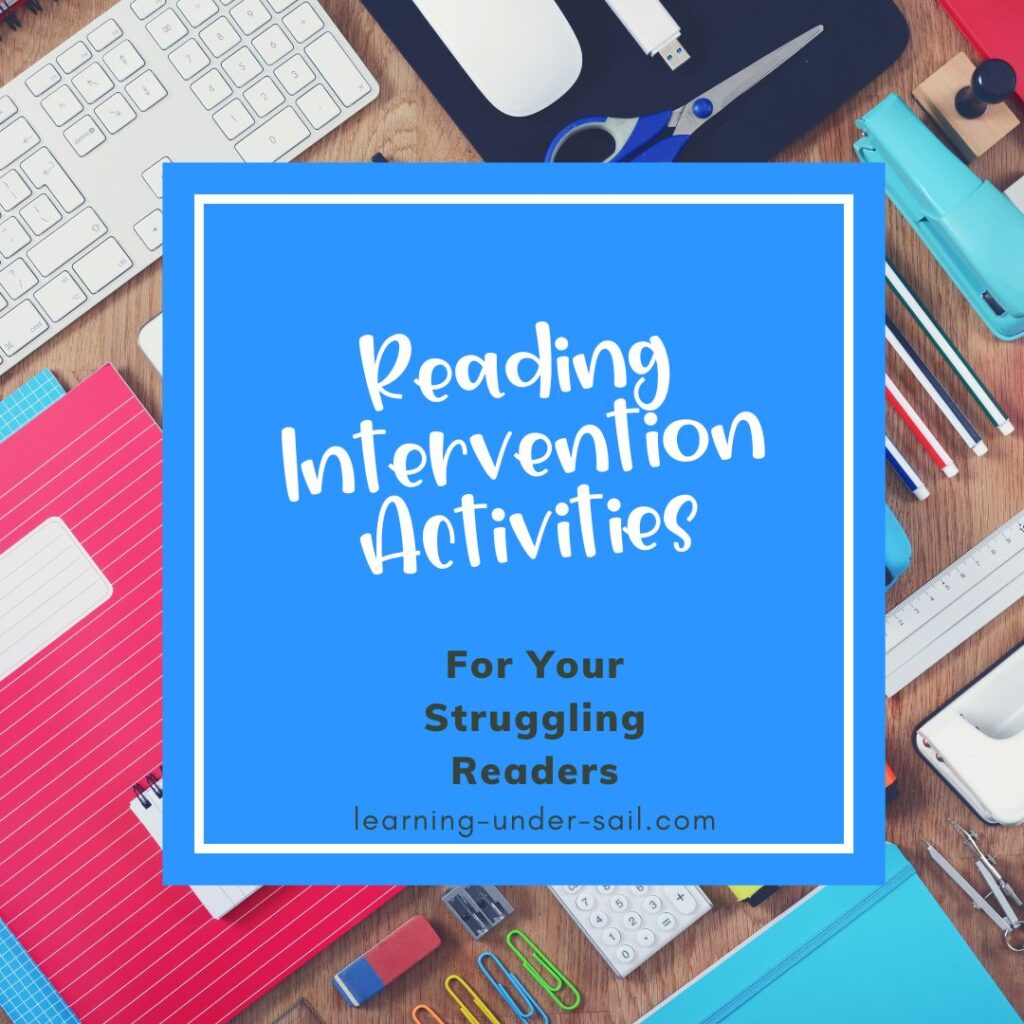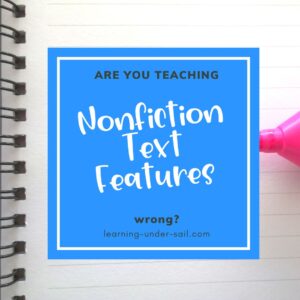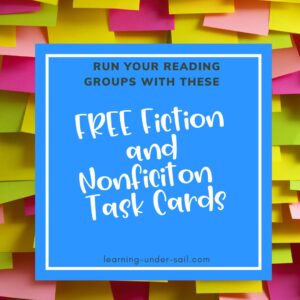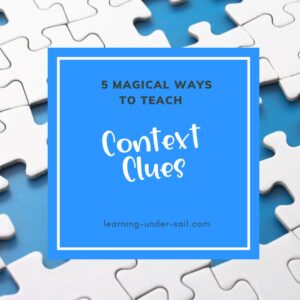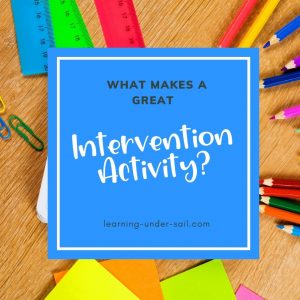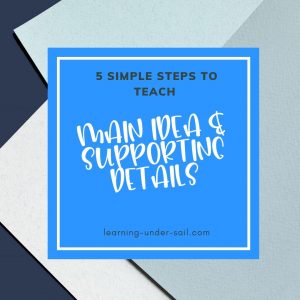Deciding which reading intervention activities to use with struggling readers can be tough. It’s hard to know where to start. The best advice I can give is to begin. Nothing has to be perfect. Get your reading group up and running. Get to know your readers. Find their interests. Build a relationship where they trust you will help them as learners. Then, try one or more of these reading intervention activities.
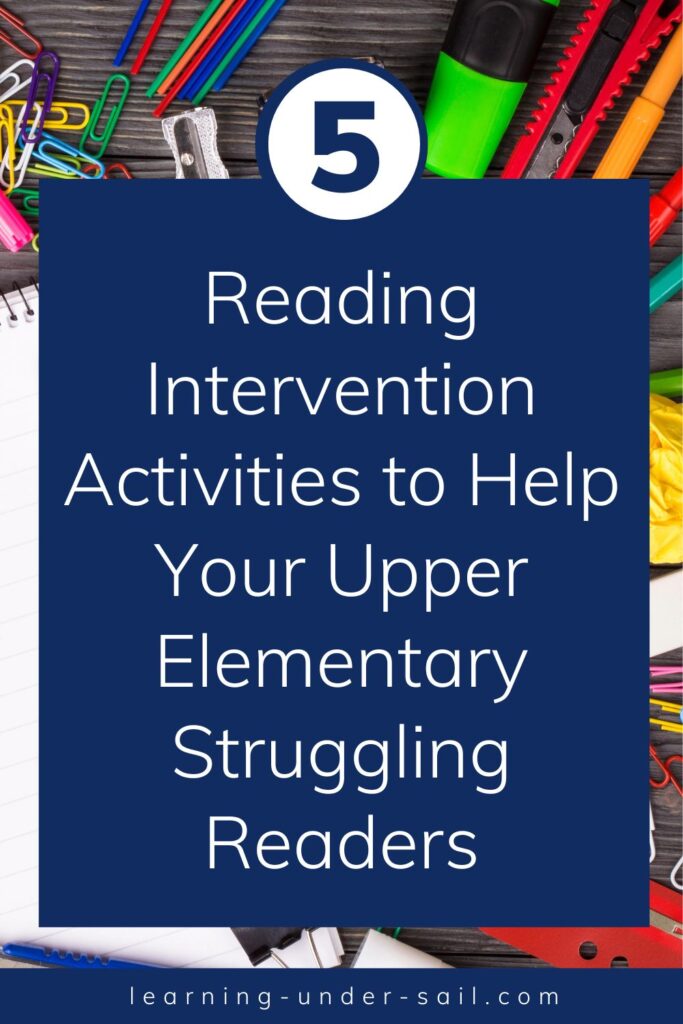
Activity #1 – Chunk the Text
Grade-level passages can be overwhelming when you are a struggling reader. You can help make the text more manageable by breaking the text into chunks. Fiction texts can be broken into the story’s beginning, middle, and end. Headings, paragraphs, or topics can break up nonfiction text.
Students need a visual, so once you decide on a chunk of text, students should draw a line that will signal students where to stop reading. Another strategy that can help struggling readers with the overwhelm of longer passages is to print a passage on paper and physically cut the paper into chunks. Once the passage is cut apart, only give students the chunk you want them to read. After reading each chunk, students can glue the passage back together.
Activity #2 – Help students set a purpose for each chunk
If you are working with struggling readers, you will likely need to help them set a purpose for reading each chunk. Ideally, students will be able to set their own purpose for reading each section, but you can help them by asking guiding questions.
If you are reading fiction, ask students what they expect to learn in each section. For example, we would expect to learn about the characters and setting in the beginning, or first chunk of the story.
If you are reading nonfiction, guide students to ask questions about the topic or the headings. Point out that the author will use nonfiction text features to help us determine what is important. Teach students how to determine the main idea from the details of the section of text you are working from. Your guiding questions should help students move toward an understanding of what is important in the text.
Activity #3 – Document response to the purpose of reading
Be sure to have your students record their responses to the questions that are asked about each chunk of text. This helps them internalize the skill that good readers ask questions and think about the answers to those questions as they read. Their response can be a quick picture in the margin of the text, a quick note on a small Post-It (see information about sketch noting here), or even a phrase written on a piece of notebook paper.
The most important part of having students document their response to reading is that they write or draw something different from what is in the text. Ideally, we want them them come up with their own picture or note, but that does not often come to struggling readers easily. They will need to be guided when first using this strategy before using it independently.
Do not let them simply underline the text. When they create their own picture or note, it helps them connect and understand what they are reading.
Activity #4 Teach a word attack strategy
Struggling readers often have a bad habit of skipping words they do not know. Teach a simple word attack strategy so they know how to break up a longer word and figure out what it says. Students can surprise themselves when they slow down and break up words. Once they start to find success using this strategy, they will continue to use it and become more independent readers.
Activity #5 Teach the “Why” Of text structure or Patterns in Fiction vs. Nonfiction
We teach algorithms and patterns in math, but do we make patterns as obvious in reading?
Although teaching the difference between fiction and nonfiction often begins as early as kindergarten, many of my upper elementary intervention students can’t tell me the difference beyond one is real and the other is not real.
We need to explicitly teach that the pattern of a text can help readers understand the story because it helps the reader predict and remember what is read.
For example, let’s think of a story map. There are countless versions, but they all have the same basic information – characters, setting, conflict, events, and resolution. Why do we use story maps so often throughout elementary school? We use them because if we understand the structure of a story, we don’t have to work as hard to understand it. There is a pattern to all stories and our brains love patterns.
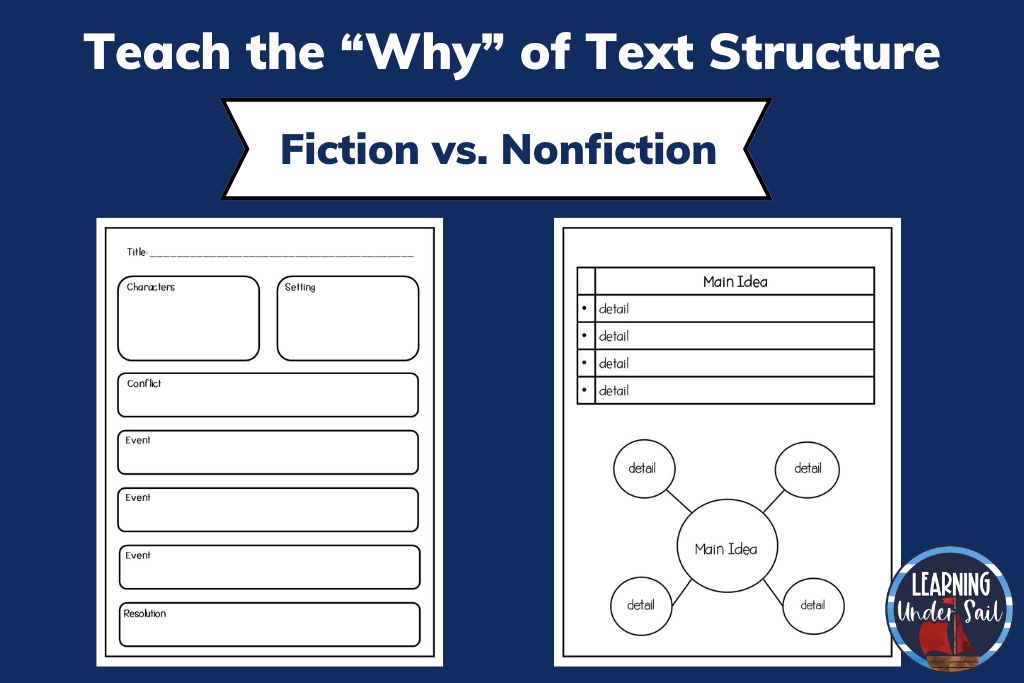
Struggling readers need to be explicitly taught why we look for the pattern in the story because they have not yet figured out that knowing the pattern will help them understand, predict, and remember what they have read. Understanding the pattern, or text structure will also help them begin to ask and answer their own guiding questions as they read and become more independent readers.
One more powerful strategy to use with your intervention group is to point out the difference in fiction and nonfiction text structure. One way to do this is to simply show two different graphic organizers. Get a story map and a simple main idea graphic organizer. Does it make sense to put the story on the main idea graphic organizer? Would we be able to fill out a story map from a nonfiction text? When students recognize the difference in the text structure, they are on their way to better comprehension.
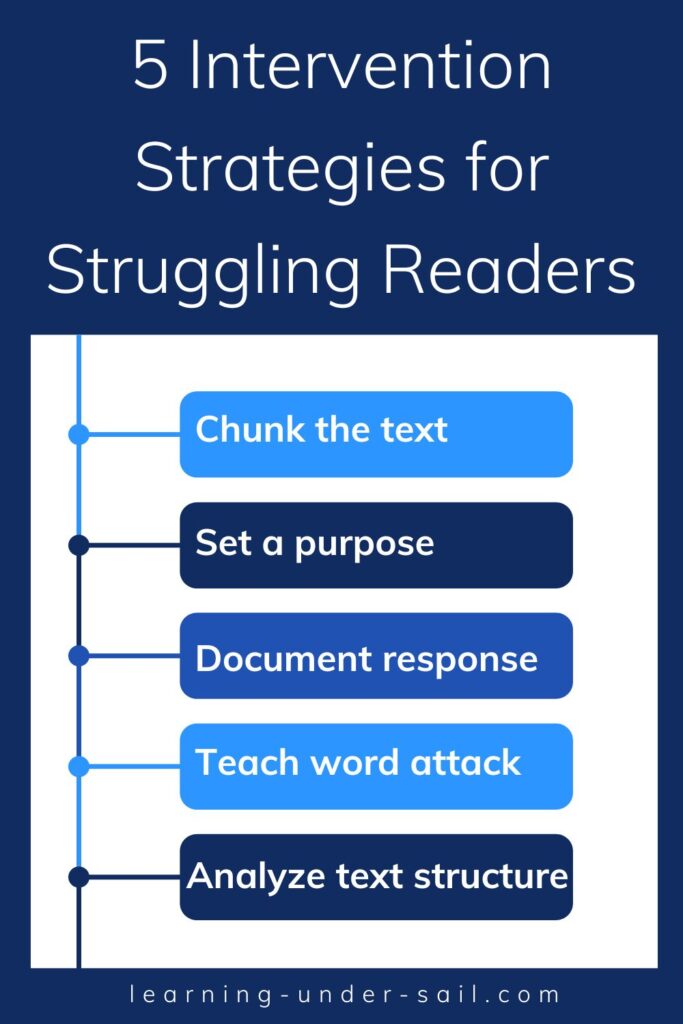
Ready to dig a little deeper? Here are some related articles that can help your struggling readers.
How to Teach Main Idea and Supporting Details – 5 Simple Steps
What Are Sketchnotes and How Can I Use Them to Help My Struggling Readers?
How to Decode Words Effortlessly With Your Upper Elementary Students
What’s your biggest intervention challenge? I’d love to know! Leave me a message in the comments.
